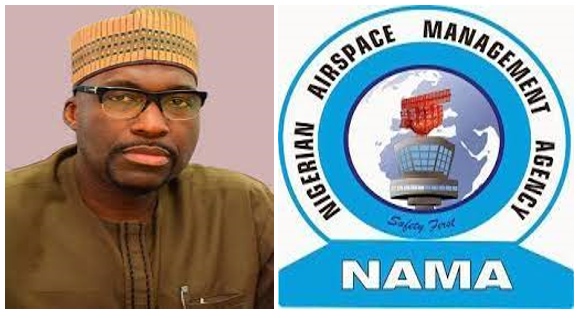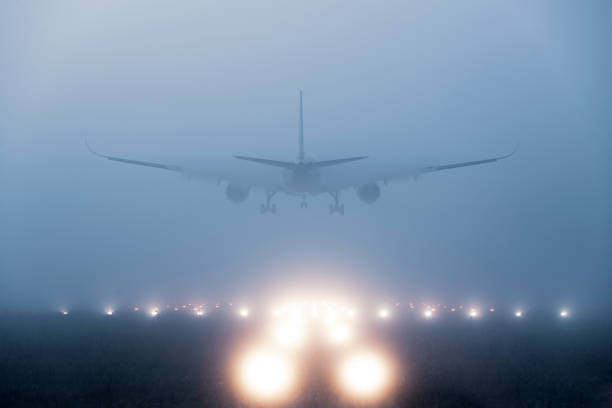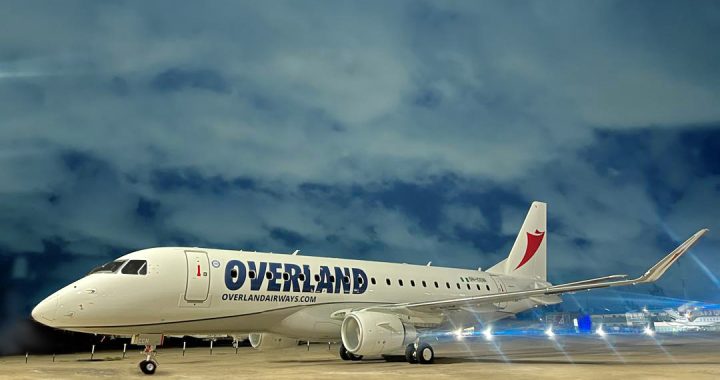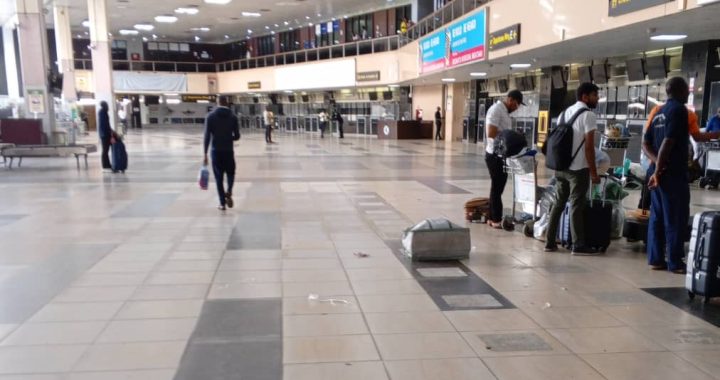EXCLUSIVE:
Zero visibility landing is now feasible in Lagos, Abuja airports- henceforth, retrofitting transponders is compulsory for airside vehicles
3 min read

Landing at Zero visibility at London Heathrow Airport. Nigeria’s ready to join the league, courtesy NAMA
Consequent to the resolve to commission the newly installed surface movement radar to achieve digital total ground control systems in Abuja, and Lagos airports, all vehicles with official tasks, either vehicle of the airlines, ground handling companies, security operatives, fire rescue operatives, and other operational vehicles even by the airport managers, will soon be compelled to retrofit a transponder in them.
The transponder through the surface movement radar will enable precise monitoring of vehicular movements on the ground, and aircraft movement while the air traffic controller would have displayed clearly on the console, every material particular on the ground, and shall be able to exercise effective control.
A media statement by the Nigerian Airspace Management Agency, NAMA, quoted Mr. Mathew Pwajok, the former acting Managing Director, while speaking at the site acceptance test of the equipment at the Abuja airport said, “The surface movement radar, which is a primary radar, would provide surveillance for aircraft and vehicles on the ground for the air traffic controller, rather than physically seeing or looking out on the runway, the apron, taxiway or the parking gate”.

Pwajok added that the “surface movement radar guidance on the ground is automated as every surface movement will be displayed clearly on the console. So, the air traffic controller can clearly see the aircraft and guide it while taxiing on the ground from the departure gate to the runway for takeoff, and once it takes off, he hands it over to the approach control”.
Enumerating the benefits of the newly installed primary radar, Pwajok said it would greatly enhance safety as it would help prevent runway incursions, excursions, and confusion.
Mathew Pwajok, elucidated further on the equipment’s benefit thus, “Sometimes an aircraft is given an instruction to a particular taxi link and it enters the wrong link. If visibility is very poor or the place is dark, the air traffic controller will not know. Surface movement radar- primary radar- would therefore enable the controller to see clearly that the aircraft is in the right link. It would enhance safety on the ground by preventing collisions between aircraft, he said.

He narrated that the Surface movement radar would boost Category III Instrument Landing Systems operations because “with CAT III, aircraft can land at zero visibility while the surface movement radar would then enable the controllers even at zero visibility to separate and control aircraft to the gate as well as those taxiing from the gate to takeoff very efficiently”, Pwajok explained.
The highly amiable Pwajok also explained that. “Surface movement radar can also detect conflicts. If two aircraft are going to converge at a point, it can give an alert to the controller to prevent a collision on the ground.”
He recalled that two weeks ago, a similar site acceptance test was conducted successfully in Lagos on the equipment located at Runway 18 Right.

Pwajok’s verdict, “Every aspect of the equipment is working effectively. So, we are now landscaping and fencing the antennas to prevent future encroachment”.
On the challenges encountered in Lagos airport, the former helmsman at NAMA, volunteered thus, “In Lagos, we had a major challenge of the tower being blocked by the Legend Hotel, Executive Jet, and aviation terminal. And that necessitated the deployment of the surface movement radar. So, with this, that problem has been solved”.
![]()







